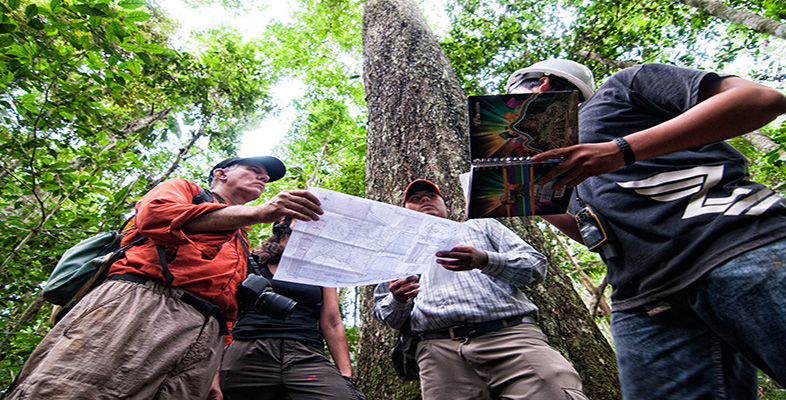2 Maps as everyday experience
2.1 How do we use maps?
Reading about maps, I have been struck by the number of times that the idea of ‘maps as part of our everyday experience’ has been mentioned. In fact, I was thinking about it recently, when I was preparing to travel from Belfast to London. I left home with a mental map of my journey to the airport – but on the way I found that the road was blocked by a burst water main. ‘Plan B’ was to consult my local road map for the quickest alternative and, in doing so, I wondered if my usual route really is the best one! I presume that the pilot of the aircraft on which I travelled had an appropriate route map, but there were maps representing the airline's routes in Europe and across the world in the magazine in the seat pocket. I used the London Underground from Heathrow Airport and consulted that now famous route map displayed at the station to decide where to get off. From there, it was a case of a street map to get me to the BBC.
Activity 1
What about maps in your ‘everyday experience’? Note that this does not mean maps that you actually use every single day. I mean, rather, our commonplace experience of maps. Make a quick list of maps that you experience in this way.
Discussion
Were you surprised, when you actually started to identify the common use of maps, at just how much they are part of our everyday experience? Or am I being optimistic in saying this? The kinds of thing you might have noted could include: newspaper or TV weather maps; ‘You are Here’ maps in town or shopping centres; road maps; travel brochures. You may well have thought of others.
